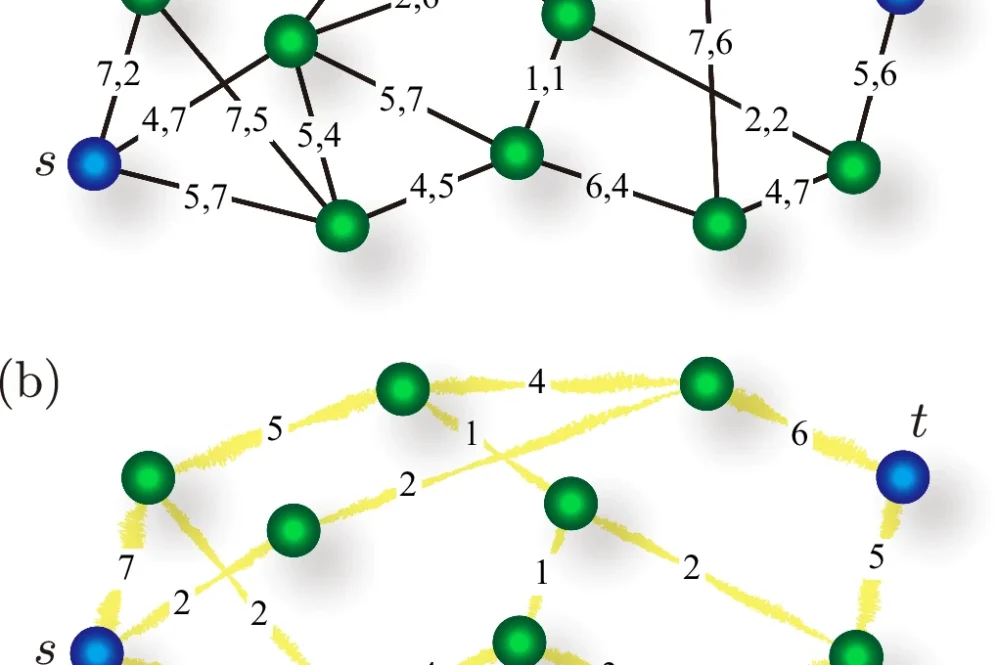A quantum internet represents the holy grail of quantum information processing, potentially enabling global deployment of various quantum technologies including computation, communication, and metrology. The primary challenge in creating such a network lies in connecting smaller self-organizing quantum networks into larger systems, similar to how the Internet Protocol functions for the classical internet.
Unlike the classical internet where data can be routed across multiple networks, quantum data presents unique challenges. Quantum information cannot be duplicated or amplified due to fundamental physical constraints, making it irreplaceable and vulnerable to deterioration during transmission. Although quantum error correction exists, the error thresholds required are stringent, creating risk of losing precious quantum data during transmission across networks.
The solution proposed in this research reframes the goal of a quantum internet protocol as the distribution of Bell pairs (ebits) between clients across multiple quantum networks, rather than direct transmission of quantum data. Ebits serve as universal resources for quantum internet applications, including quantum teleportation, and are both replaceable and verifiable by the clients themselves.
Previous approaches to quantum network aggregation have been impractical, requiring point-to-point entanglement generation to run beyond necessary levels and to suppress errors based on the whole network size. These requirements make such systems costly, energy-inefficient, and ultimately unscalable as network size increases.
This research introduces two novel concepts to address these limitations: minimum cost aggregation and network concatenation. Minimum cost aggregation works over quantum networks to optimize resource usage, while network concatenation enables arbitrary clients to establish error-bounded entanglement regardless of overall network size.
Together, these approaches provide a practical recipe for efficiently distributing ebits with bounded error between clients regardless of their distance across multiple quantum networks. This forms the necessary foundation for controlling large-scale quantum networks composed of self-organizing quantum networks, paving the way for a global quantum internet.
Reference: Azuma, K. Networking quantum networks with minimum cost aggregation. npj Quantum Inf 11, 51 (2025). doi:10.1038/s41534-025-01000-5



